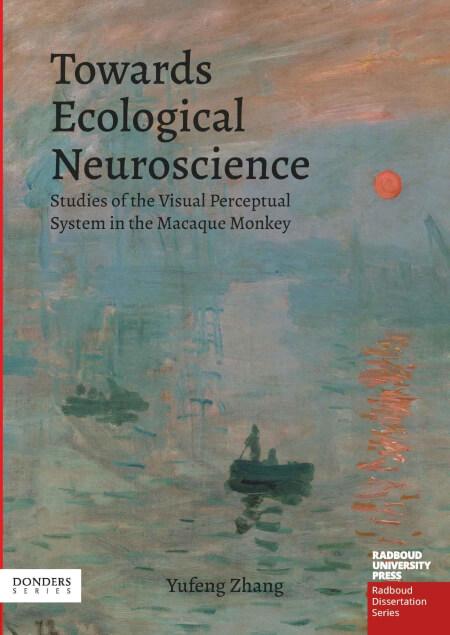Towards Ecological Neuroscience: Studies of the Visual Perceptual System in the Macaque Monkey
Keywords:
ecological neuroscience, active vision, behavioral task, non-human primatesSynopsis
There is a discrepancy between how vision is studied in the lab and how vision is used in real life. In real life, an observer actively obtains information about their surroundings by shifting their gaze, turning their head, and changing their point of observation. By contrast, a participant in the lab usually passively receives stimulation that impinges on their retina. This is especially true when neuroscientists study the neural correlates of visual perception using macaque monkeys. More often than not, macaque monkeys are found in the lab head-posted, looking fiercely at an uninteresting fixation dot. This is not the type of vision we aim to understand. Following James J. Gibson, ecological psychologists have long recognized this discrepancy and suggested adopting an ecological approach to address it. Taking an ecological approach means considering the information available to the active observer and the process by which the active observer picks up this information. The work presented in this thesis advocates for a similar ecological approach in neuroscience.

Published
Series
Categories
License

This work is licensed under a Creative Commons Attribution-NonCommercial-NoDerivatives 4.0 International License.

